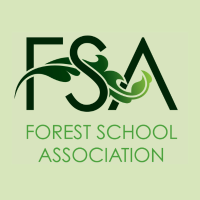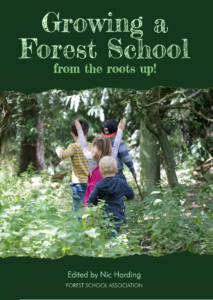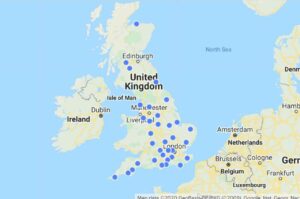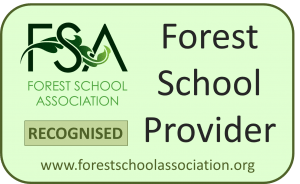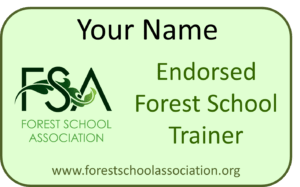Fires of all different kinds may form part of Forest School provision – all the way from little 5-minutes fires to large-scale roasting fires. They might occur every session, rarely or never. The irregularity of fire use in many Forest School programmes means that children are not exposed regularly or for prolonged periods of time and their proximity minimises the risks.
The risk of inhaling smoke should be viewed as part of a balanced risk–benefit analysis with the social, emotional, physical and learning benefits also being taken into consideration.
It’s worth considering the following risks and balancing them against the benefits for your group when planning your use of fire.
Who’s at risk?
Consider risk to both learners and staff/adult helpers. Regular staff/helpers may be exposed more frequently than individual learners.
What are the risks
• making existing breathing issues worse (e.g. asthma)
• causing nausea
• woodsmoke and cancer – relevant to nature kindergarten regular (daily) year round provision – http://www.environmentalhealthnews.org/ehs/news/hazards-of-wood-smoke
Control actions to consider
• Consider how often individual learners are being exposed
• Burn dry wood that flames quickly on your fire
• Build your fire with a strong heart
• Avoid irritant smokes such elder and rhododendron
• Consider how close everyone is to the fire
• Keep up-wind of fire
• Moving away from thick smoke – if you can’t see clearly through it clearly it’s really thick!
Posted on behalf of a member by the webmaster
